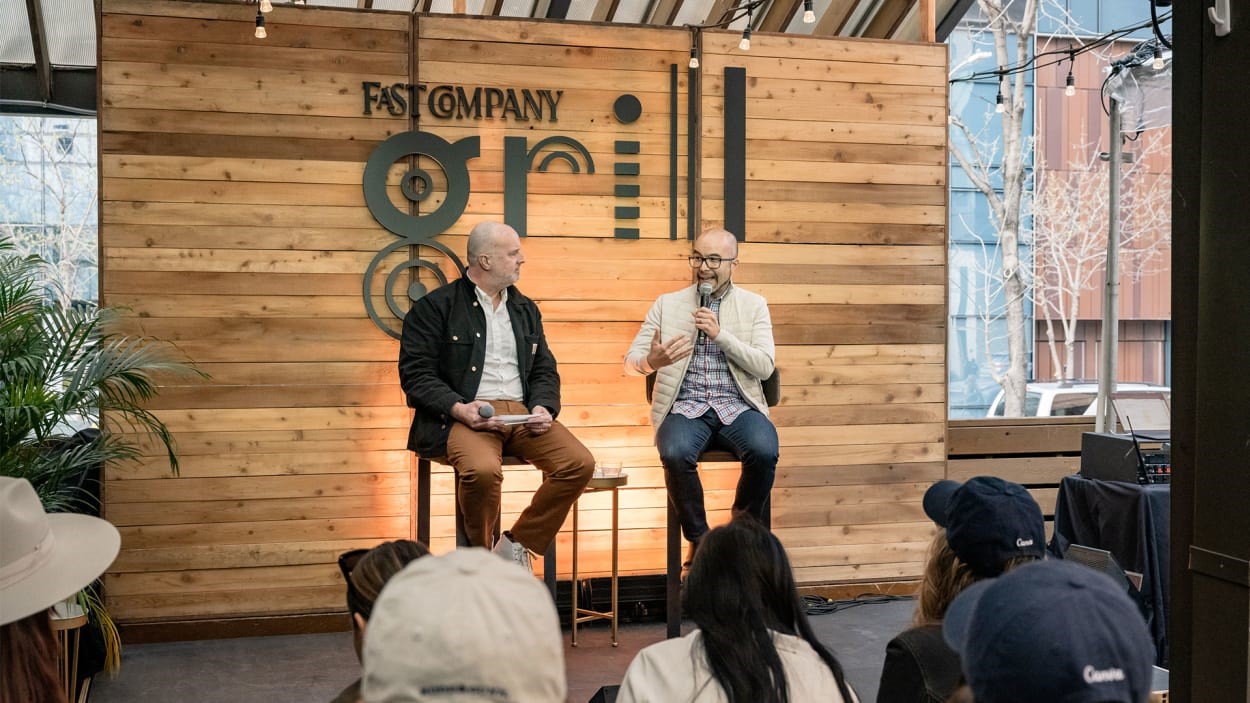Once a darling of social media marketers, Canva is making creatives of us all. In addition to expanding its geographic footprint—Brazil users now constitute its second-largest market—the Australian design software company is reaching employees in decidedly noncreative roles.
Consider this: Prior to the onset of the COVID-19 pandemic, 10 million presentations were created in Canva each month, according to Cameron Adams, a cofounder of the company and its chief product officer. By June 2020, that number jumped to 30 million and has now surpassed 50 million.
“You’re seeing this real need to collaborate visually, communicate better visually, and do it no matter what your job is,” Adams said Sunday during a discussion hosted by Fast Company at SXSW in Austin. Thanks to changes in the way we work and communicate with colleagues, he added, “the need for visual communication now is just rampant.”
Also rampant? Speculation about a potential initial public offering (IPO) for Canva, though there’s been no such announcement yet.
Still, what’s helped drive some of the company’s growth has been its widespread integration of artificial intelligence across “every single touch point,” Adams noted. For example, Canva’s AI tools might help someone quickly and easily convert an internal sales presentation into a TikTok video. “Those switches between content are enabling people to do things that they never would’ve tried before,” he said.
For a company that was founded little more than a decade ago and grew up alongside the rising popularity of social media platforms like Instagram, Canva is now trying to think one step ahead to anticipate the coming needs of users—while also incorporating their feedback, Adams said. “You always have to strike this balance between pushing for what you want and pushing for what the user wants.”
Whatever the future holds, AI is likely to be key. A successful campaign around the 2023 blockbuster Barbie “scratched the surface” of what’s possible with AI tech and creativity—and 2024 could see a campaign that “really breaks the mold,” Adams said.
But as AI unlocks new possibilities, Canva wants to ensure that creators aren’t left behind. In October, the company announced a $200 million fund to pay out over the next three years to creators who consent to having their content used to train the company’s AI models.
“We believe that there is a strong role for content creators in the AI future because we still need great data to put into models,” Adams said.
(12)
Report Post







